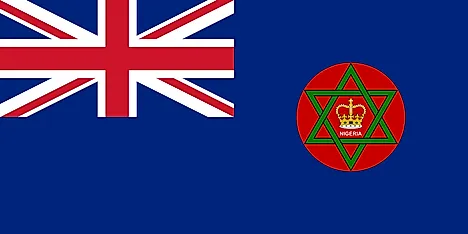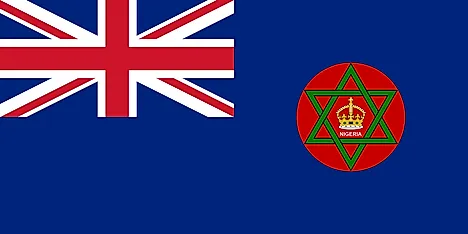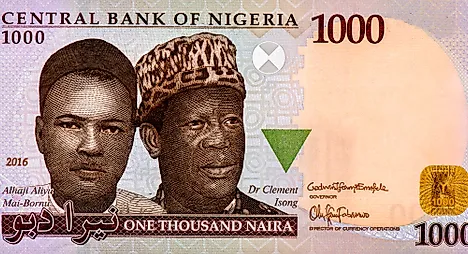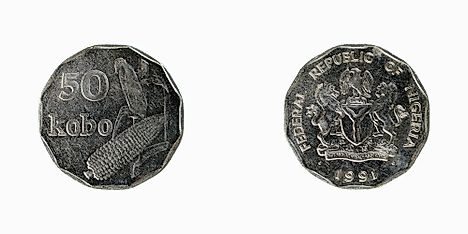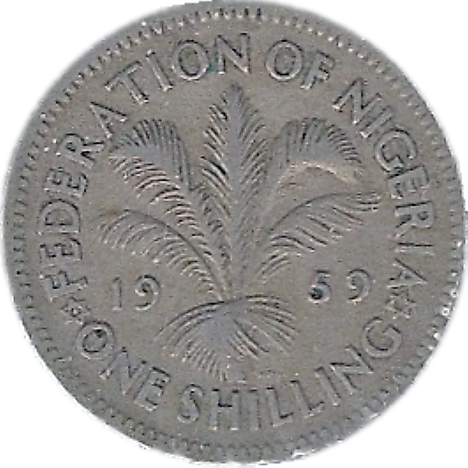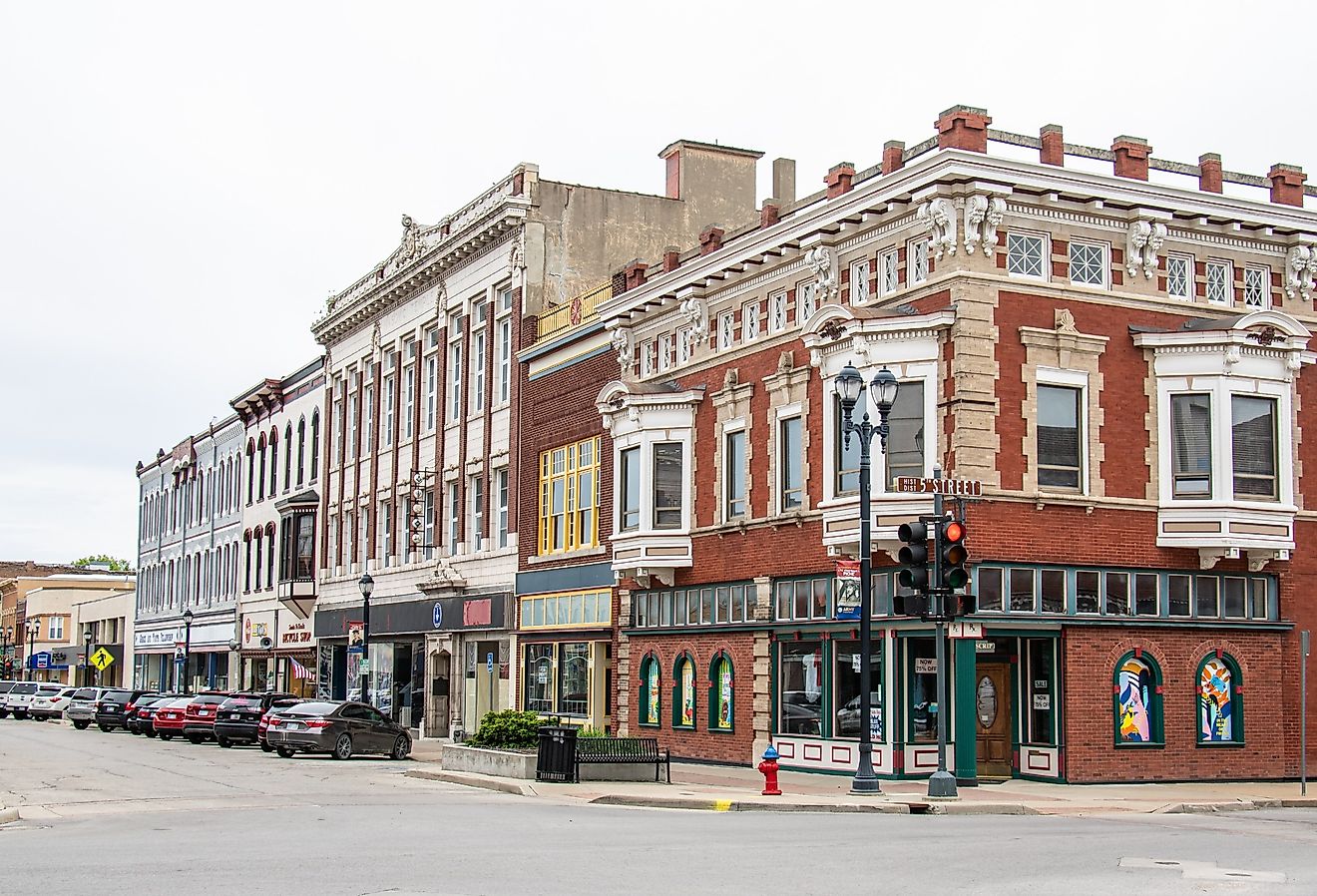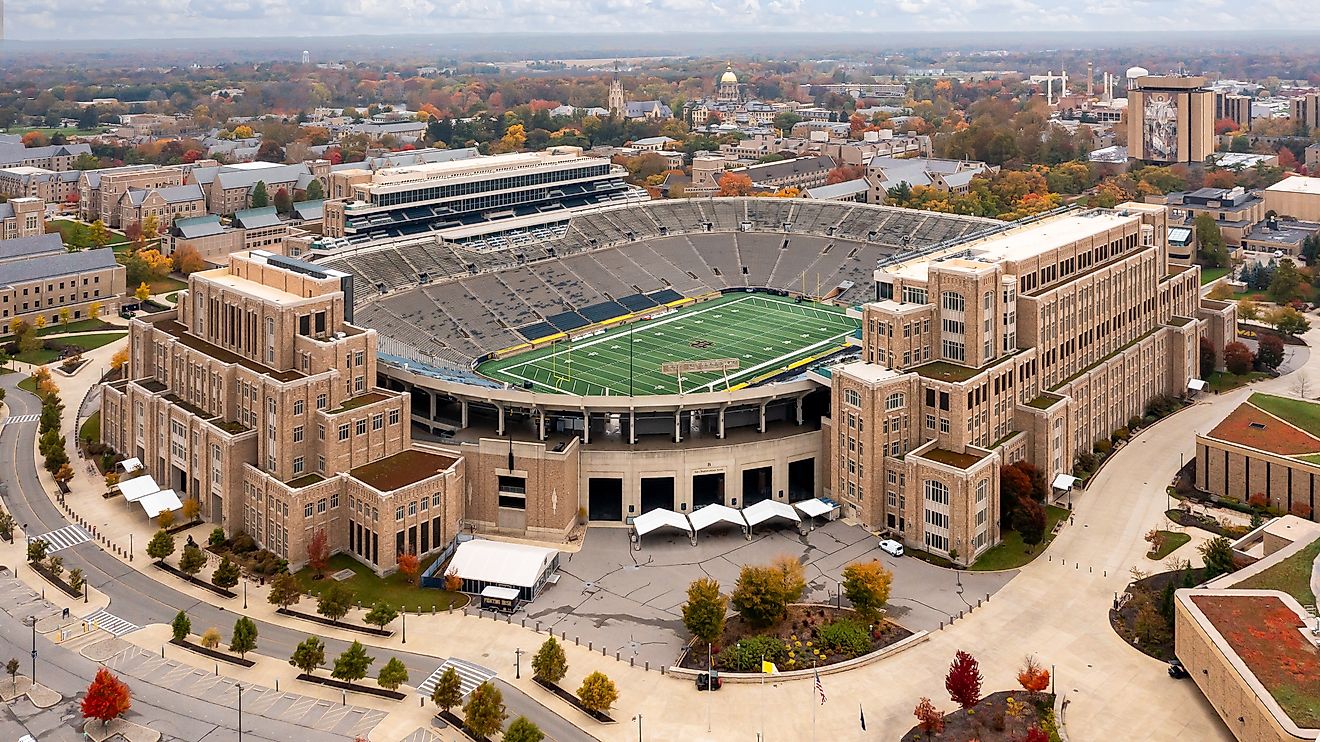Flags, Symbols, & Currencies of Nigeria
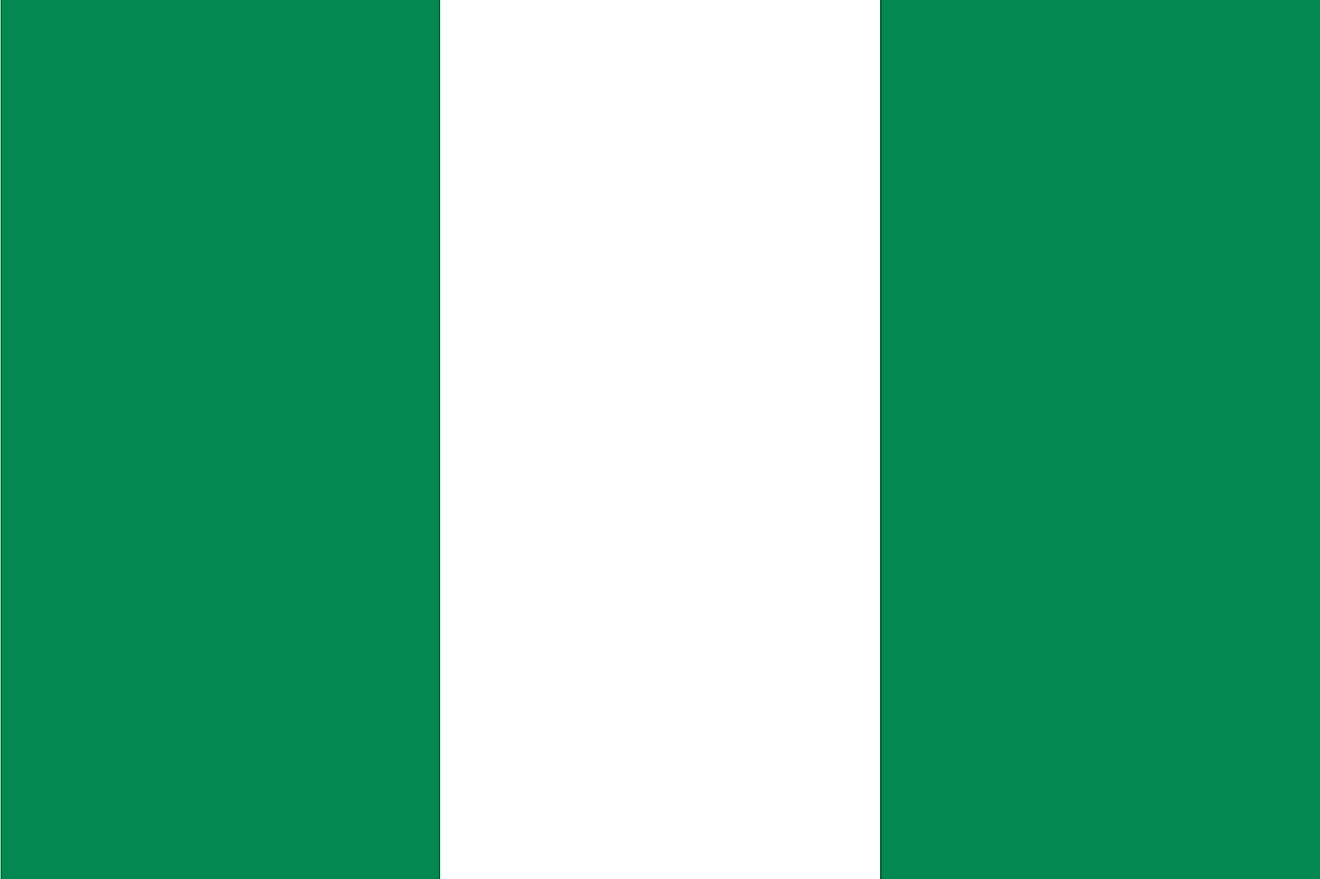
The Nigeria national flag was designed in 1959 by Michael Taiwo Akinkunmi and officially adopted on October 1, 1960, the day Nigeria got independence from the Britain. The flag has a very simple design. It is a bicolor with three vertical bands of green, white, and again green. All three bands have equal width. The national flag has a height to length proportion of 1:2
Both the colors used in the flag of Nigeria are symbolic to the Nigerians. The green stripes on the flag represent the natural wealth of the nation while the white symbolizes peace.
History of the Flag of Nigeria
A competition was held in 1959 to select a design for the national flag of Nigeria. A student named Michael Taiwo Akinkunmi studying at a college in London was an advertisement of the competition in a newspaper. He decided to submit an entry for the flag. His submission had a slightly different design than the present day Nigerian flag. It was a bicolor with green-white-green vertical bands. However, it also featured a red radiating sun in the center. The judges later removed the sun from the design and the rest remained unchanged. The flag was first formally adopted on October 1, 1960.
Other Flags Of National Importance
Some national organizations of Nigeria have their own flags. For example, the Nigerian Armed Forces is represented by a horizontal tricolor of red, deep blue, and a lighter blue color. The flag of the President of Nigeria is a vertical bicolor with the same colors as the national flag but it is charged with the Nigerian coat of arms at the center of the white band. The naval ensign of the country has a white field where the country’s national flag is featured in the canton. The Naval seal is present on the fly side of the flag. The air force ensign of Nigeria has a sky-blue field. It also has the national flag in the canton. The fly side of the flag bears the air force roundel.
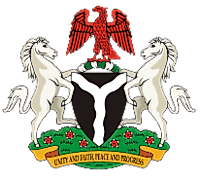
Above the shield a red eagle represents strength, and the national motto is displayed on a ribbon below
Symbols of Nigeria
National Coat of Arms of Nigeria

Nigeria's coat of arms features two white horses supporting a black shield. The black shied features a white 'Y' shape in the middle, representing the Benue and Niger Rivers. The black color is a symbol of the fertile soil. Above the shield a red eagle perching on a white and green bands. The red eagle represents strength, while the white and green bands represent the rich soil. The two horses on each side of the shield represent dignity. At the base of the shield are red flowers (Nigeria's national flower) on green. The green is surrounded by a yellow ribbon bearing the national motto: "Unity and Faith, Peace and Progress"
National Anthem
- Anthem Title: "Arise, O Compatriots"
- Music composer: Nigerian police band directed by B. E. Odiasse
- Lyricist: John A. Ilechukwu, Eme Etim Akpan, B. A. Ogunnaike, Sota Omoigui, and P. O. Aderibigbe
- Date of Adoption: 1978
"Arise, O Compatriots" was adopted in 1978 as Nigeria's official national anthem to replace the old anthem, "Nigeria, We Hail Thee." The anthem's lyrics is a combination of phrases from five different best entries in a national contest, including entries from John A. Ilechukwu, Eme Etim Akpan, B. A. Ogunnaike, Sota Omoigui, and P. O. Aderibigbe. The lyrics were set to music by the Nigerian police band directed by B. E. Odiasse
"Arise, O Compatriots"
Lyrics:
Arise, O Compatriots
Nigeria's Call Obey
To serve our fatherland
With love and strength and faith
The labour of our heroes past,
shall never be in vain
To serve with heart and might,
One Nation bound in freedom, peace and unity
Oh God of creation, direct our noble cause
Guide our leaders right
Help our youth the truth to know
In love and honesty to grow
And living just and true
Great lofty heights attain
To build a nation where peace and justice shall reign.
The Currency of Nigeria is the Naira
The Naira is the currency officially circulating in Nigeria. The Central Bank of Nigeria is the body mandated with the issuance of the Naira and it regulates the volume of money in supply to facilitate price and monetary stability. The largely government-owned Nigerian Security Printing and Minting Company Ltd is in charge of minting the currency, and it operates in Lagos and Abuja. Nigeria's currency is made up of 100 kobo. The economy of Nigeria is among one of Africa's largest economies, and it has industries such as oil refining, construction materials, pharmaceuticals, and cement.
Coins
The inaugural coins of Nigeria's currency featured the bronze 1/2 and one coins and the cupro-nickel 5, 10, and 25 coins. The 1/2 kobo coins were however not minted the following year. Smaller copper-plated-steel 1, 10, and 25 kobo coins were disbursed in 1991 in addition to 50 kobo and 1 naira nickel-plated steel coins. New coins were unveiled in 2007 featuring bimetallic 1 and 2 naira and 50 kobo. The Central Bank discontinued the circulation of the 1/2 to 25 kobo coins beginning February 28, 2007.
Banknotes
Nigeria's Central Bank unveiled the 50 kobo note as well as the one, five, ten, and twenty naira notes in 1973. The issuance of the 50 kobo note came to a halt in 1989. Between 1991 and 2005, the 100, 200, 500, in addition to the 1000 naira notes were disbursed. In 2007, new versions of the denominations between five to fifty naira notes were unveiled. The 20 note was in polymer, and in 2009 the five, ten, and fifty note were subsequently released in polymer. The 1000 note features the engraved portraits of Dr. Clement Isong as well as Alhaji Aliyu Mai-Bornu, both of whom served as governors of Nigeria's Central Bank. The Republic's central bank has plans to replace the 5, 10, 20, and 50 coins with notes. The bank has also notified the public that it will end the use of polymer on environmental and cost grounds. The bank unveiled a 100 naira commemorative banknote in 2014 to mark Nigeria’s centennial existence. Among the note’s features are a portrait of Chief Obafemi, improved security features, new color scheme, the words ‘One Nigeria, Great Promise’ inscribed by microprinting, and a quickresponse code which directs a user to a website featuring the country’s history.
History of Currencies of Nigeria
Nigeria made history as the last nation to do away with the £sd currency system when it disbursed the Naira on January 1, 1973. The naira was used in place of the pound at a rate of one pound to two naira. Nigeria has been dealing with widespread inflation over the existence of the naira. The nation's central bank has issued various directives in attempt to reduce the inflation such as raising the key interest rates six times over in 2011. Plans to re-denominate Nigeria's currency did not take place in August 2008 as scheduled due to a cancellation issued by Umaru Musa Yar'Adua, the then president. The old 100 naira was set to be equivalent to one new naira. Nigeria's Central Bank announced that it would provide for the naira's complete convertibility against other currencies by 2009.
